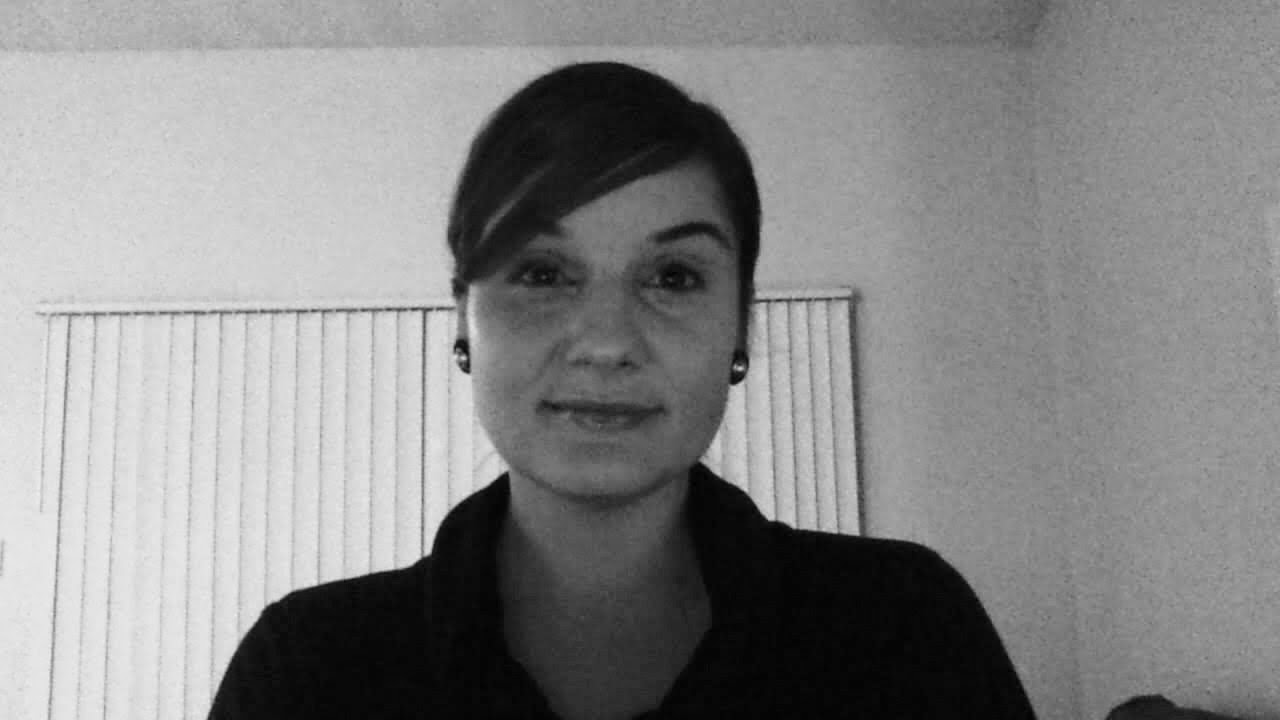All GRE Subject Test: Literature in English Resources
Example Questions
Example Question #91 : Literary Analysis Of Poetry
This stanza is an example of the verse form known as __________.
Villanelle
Ottavia Rima
Rhyme Royal
Free Verse
The Spenserian Stanza
The Spenserian Stanza
This passage is taken from Edmund Spenser's The Faerie Queene, for which the poet invented the verse form that is now known as "the Spenserian stanza." The Spenserian stanza consists of eight lines of iambic pentameter followed by a single alexandrine—a line of iambic hexameter. The rhyme scheme is A-B-A-B-B-C-B-C-C. Later practitioners of the Spenserian stanza include the Romantic poets Percy Bysshe Shelley, Lord Byron, and John Keats.
Passage adapted from The Faerie Queene by Edmund Spenser, I.xiv.1-9 (1590)
Example Question #92 : Literary Analysis Of Poetry
A Knight ther was, and that a worthy man,
That fro the time that he first bigan
To riden out, he loved chivalrye,
Trouthe and honour, freedom and curteisye.
Ful worthy was he in his lordes werre,
And therto hadde he riden, no man ferre,
As wel in Christendom as hethenesse,
And evere honoured for his worthiness.
Which of the following works was NOT written by the author of the excerpted text?
The House of Fame
Legend of Good Women
Sir Gawain and The Green Knight
The Book of The Dutchess
Troilus and Criseide
Sir Gawain and The Green Knight
The passage in question consists of lines 43-50 of the "General Prologue" to The Canterbury Tales, by Geoffrey Chaucer (c. 1343-1400). Chaucer also wrote Troilus and Criseide, The Book of The Duchess, The House of Fame, and Legend of Good Women.
The correct answer, Sir Gawain and The Green Knight, was composed by an unknown poet who was likely a contemporary of Chaucer's.
Passage adapted from lines 43–50 in "General Prologue" in The Canterbury Tales by Geoffrey Chaucer (1478)
Example Question #93 : Literary Analysis Of Poetry
A Knight ther was, and that a worthy man,
That fro the time that he first bigan
To riden out, he loved chivalrye,
Trouthe and honour, freedom and curteisye.
Ful worthy was he in his lordes werre,
And therto hadde he riden, no man ferre,
As wel in Christendom as hethenesse,
And evere honoured for his worthiness.
During which of the following time periods was the work containing the above excerpt written?
1400–1450
1250–1300
1350–1400
1300–1350
1200–1250
1350–1400
The excerpt above (lines 43-50 "The General Prologue" to Geoffrey Chaucer's The Canterbury Tales) was written during the 1380s.
Passage adapted from lines 43–50 in "General Prologue" in The Canterbury Tales by Geoffrey Chaucer (1478)
Certified Tutor
Certified Tutor
All GRE Subject Test: Literature in English Resources




